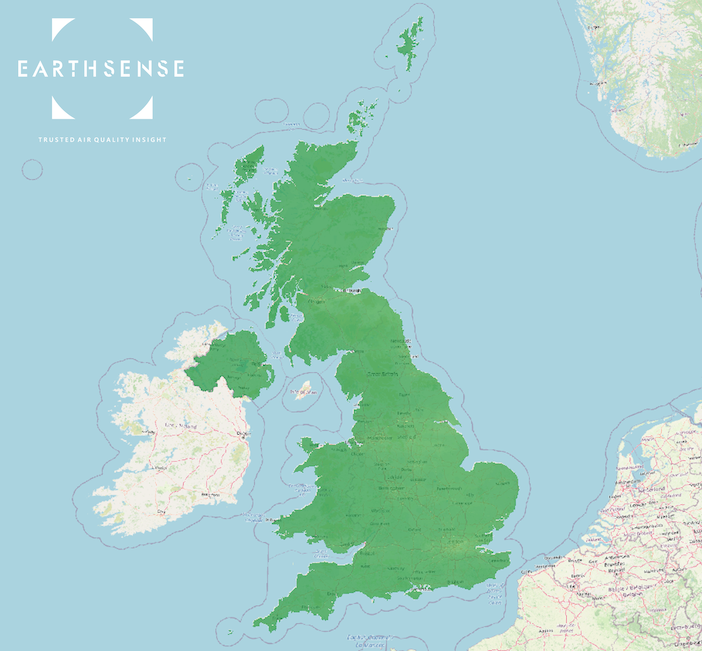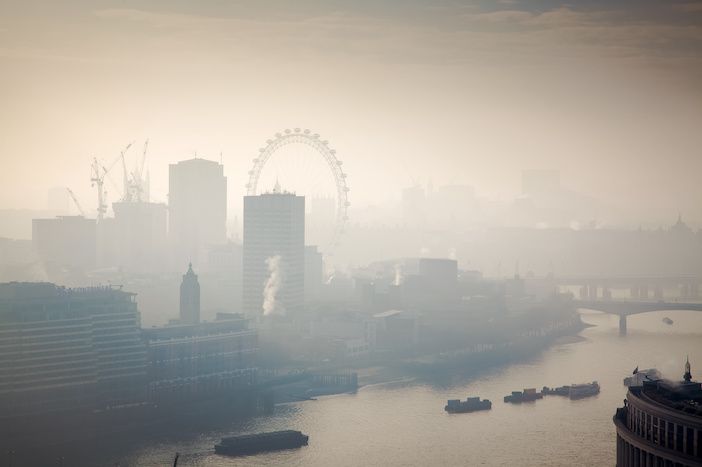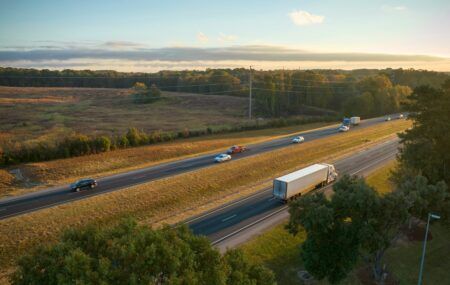EarthSense, the air quality specialist, has announced that its latest MappAir annual average datasets are now available to purchase through Esri’s ArcGIS Marketplace, enhancing the mapping and location analytics platform.
The addition of MappAir annual average data to Esri’s ArcGIS Marketplace enables organisations such as local authorities, construction companies, transport professionals and educational facilities to identify the average concentrations of nitrogen dioxide (NO2), particulate matter (PM2.5, PM10), sulphur dioxide (SO2) and ozone (O3) between 2018 and 2019.
Based on measurements from EarthSense’s Zephyr air quality monitoring network, transport data and monitoring data from the Department of Environment, Food and Rural Affairs (DEFRA)’s Automatic Urban and Rural Network (AURN), the 2018 – 2019 annual average dataset provides information for the latest available date range. The data provides insight into air pollution exposure across the whole of the United Kingdom or specific locations at a 100-metre resolution.

MappAir annual average datasets can be used for investigating the number of schools, GP surgeries and hospitals located in areas with unsafe air quality. Using the data, teachers, healthcare workers and members of local councils can correlate the effects of long-term air pollution exposure with various social metrics, such as the number of hospital admissions, school attendance rates and social deprivation.
Modelled data can also be used for understanding how air pollution is affecting whole cities for planning and developing future infrastructure to encourage active travel, reduce congestion and subsequently, improve air quality.
EarthSense’s annual average data can also be integrated with existing systems and services via an application programming interface (API) to enable individuals to enter their postcodes and identify air quality levels at their homes.
Managing director at EarthSense, Tom Hall says: “Data should be driving decisions about how councils and businesses improve air quality. By adding our MappAir 2018 – 2019 annual average datasets to Esri’s ArcGIS Marketplace, we’re providing the crucial evidence needed to answer questions about where unsafe air pollution exposure is happening, who is being affected and what can be done to minimise the health and environmental related risks.
“Our relationship with Esri UK also enables us to make air quality data even more accessible to businesses who can help to create momentous changes to ambient air pollution and the safety of our world.”
Mike Forster, head of content at Esri UK said: “Minimising pollution is a key outcome of actions to achieve Net Zero. MappAir air quality data from EarthSense will enable transport, construction, and government organisations to monitor air quality effectively within ArcGIS and make informed decisions to reduce pollution. We welcome this addition to the growing range of environmental monitoring data provided by Esri UK partners through the ArcGIS Marketplace.”
EarthSense’s air pollution model, MappAir, delivers near real-time (NRT), historic and up to 72 hourly forecast data of air quality on a global, national and city resolution. Annual average data accuracy is within and compliant with the limits outlined within The Air Quality Directive (2008/50/EC) Guidelines, helping to provide an accurate and complete picture of previous air quality for evidencing and driving future decisions.





